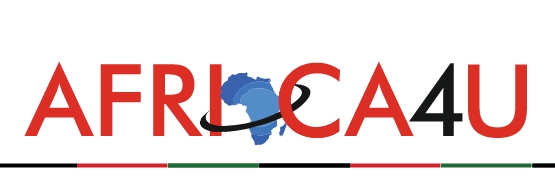(3 minutes read)
The Namibian Ministry of Home Affairs, Immigration, Safety and Security has launched online tourist visa application services, complementing the issuance of visas on arrival, a system that was also recently introduced. These developments are in line with the government policy on e-governance, including the launch of the passport application and short-employment permits in March as well as the electronic identity (eID).
The Namibian Ministry of Home Affairs, Immigration, Safety, and Security has launched online tourist visa application services, complementing the issuance of visas on arrival, a system that was also recently introduced. These developments are in line with the government policy on e-governance, including the launch of the passport application and short-employment permits in March as well as the electronic identity (eID).
Namibia has seen an improved performance in the tourism sector with arrivals increasing by 98% to 461,027 in 2022 from 232,756 recorded in 2021. This figure indicates a 28.9% recovery level towards the 2019 tourism arrival statistics. Meanwhile, internationally, the United Nations World Tourism Organisation (UNWTO) reported that global international arrivals increased by 102% in 2022 from 2021 but still remain 37% below 2029 statistics.
Recent statistics show that the tourism industry’s peak season has rebounded to pre-pandemic levels, with an August 2023 occupancy rate of 68.9%, up from 60.98% in July 2023
Year-to-date, the average occupancy rate stands at 49.1%, which is only 2.1 percentage points below the 2019 average of 51.2%.
While celebrating the World ID commemoration, Albert Kawana the Namibian Minister of Home Affairs, Immigration, Safety and Security said Namibian ID has evolved in line with the e-governance strategy for the public service. This is evident in the use of IDs as travel documents between Botswana and Namibia. In addition, the Cabinet recently approved the introduction of eIDs. This will make it easier and faster for stakeholders to identify and authenticate the identity of their clients. In addition, the eID will also provide digital signatures to simplify transactions.
Read Also:
https://trendsnafrica.com/namibias-tourism-sector-poised-for-strong-growth-in-2023/
https://trendsnafrica.com/namibias-tourism-still-in-woods-not-far-from-covid-19-shocks/
https://trendsnafrica.com/free-visa-agreement-between-china-and-namibia-boost-tourism-and-business/
The Ministry is currently engaging stakeholders in information sessions aimed at understanding the features and use of the eID, and how it can benefit their respective institutions, including the Bank of Namibia and other financial institutions that are fully in support of this initiative. This year, Namibia is commemorating ID Day under the theme “Ending statelessness for social progression.





